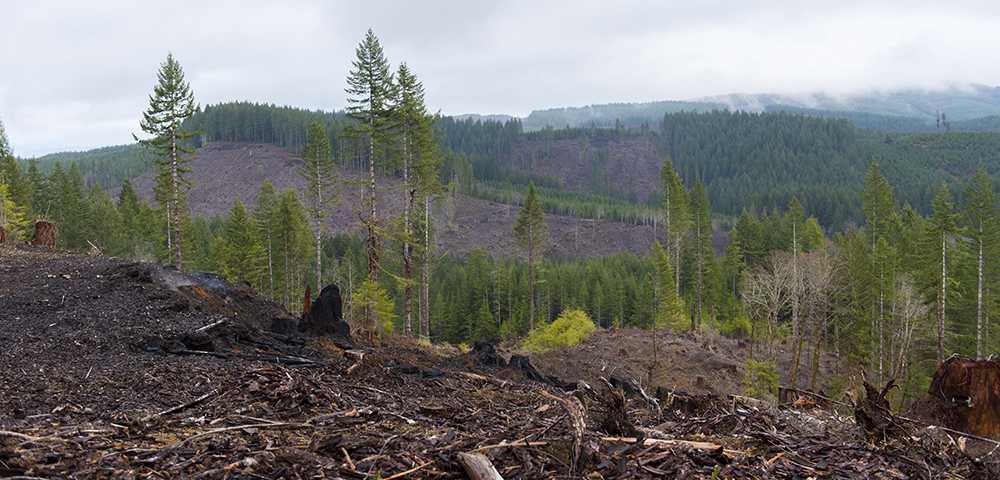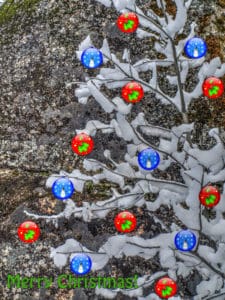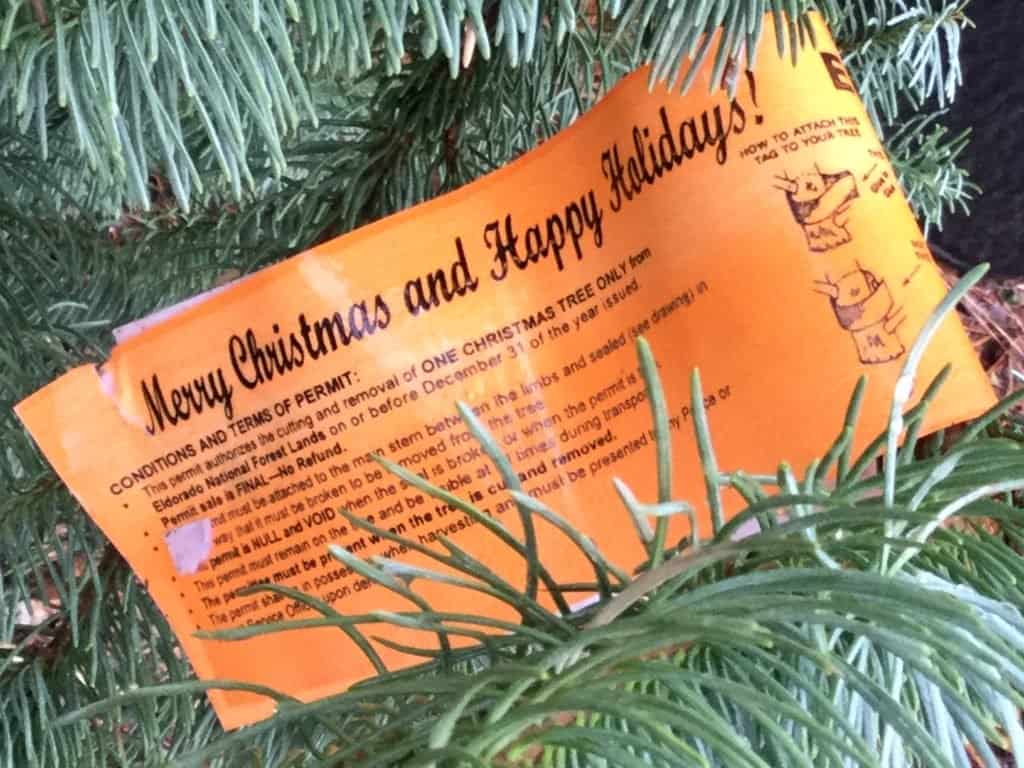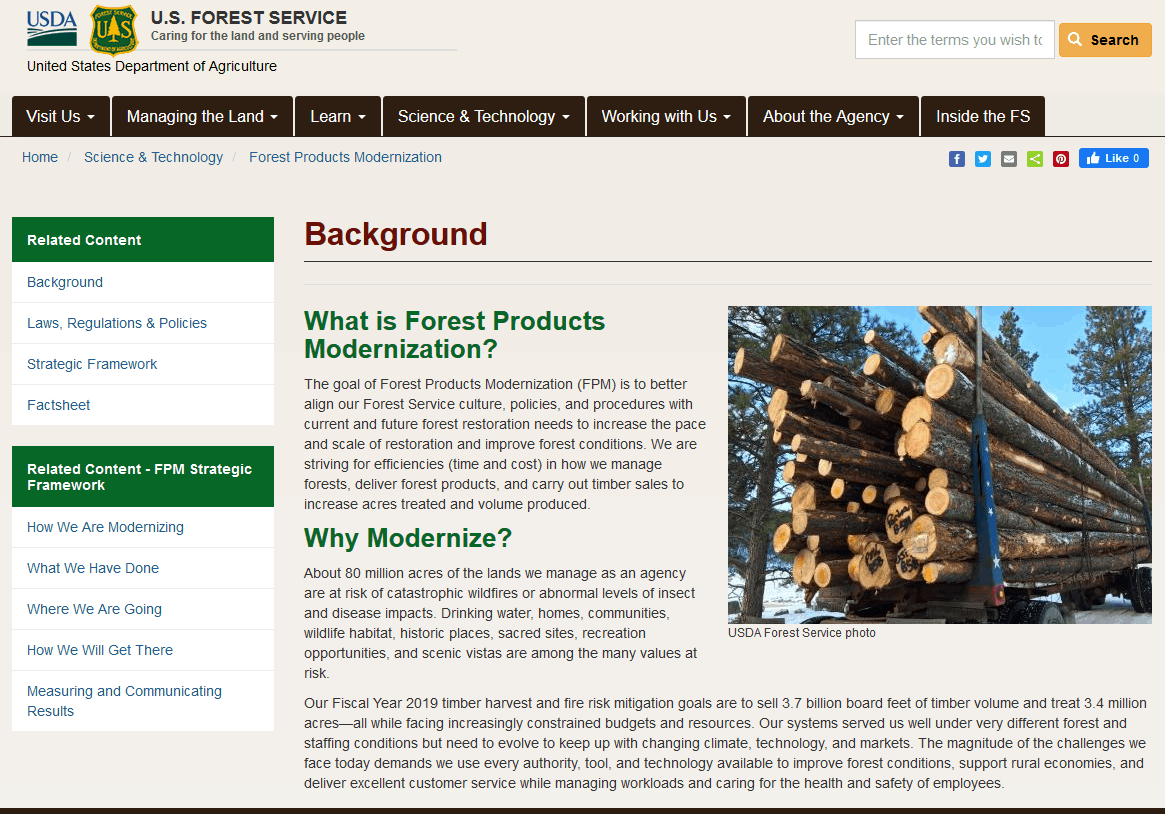Well, they say that “timing is everything” and based on what has just taken place in the past 24 hours they might be right.
Today, a federal judge today overturned the Trump administration’s renewal of the Hammond Ranches’ livestock-grazing permit finding that then-Interior Secretary Ryan Zinke’s decision to renew the permit “was arbitrary and capricious, an abuse of discretion, not rationally connected to the facts before the agency, inconsistent with the governing statutes and regulations, and an unexplained change in agency practice and procedure.” Gee, imagine that!
You may recall that the BLM had revoked the Hammonds Ranches’ grazing privileges in 2014 after Dwight and Steven Hammond were convicted of arson on federal lands in 2012. In January 2019, on his last day in office, Zinke abruptly overruled the BLM and renewed the permit.
If that doesn’t ring a bell about the Hammonds, you may remember that the Hammond’s were also the “inspiration” for the 41 day-long armed takeover of the Malheur National Wildlife Refuge in Oregon in 2016 by Cliven and Ammon Bundy, who are also still illegally grazing their cows on our public lands and who still owe the American taxpayers over $1 million in unpaid pubic lands grazing fees.
And since “timing is everything” an explosive investigation was just released accusing Washington State GOP House Rep Matt Shea with engaging in “domestic terrorism” for his role in playing the armed takeover of the Malheur National Wildlife Refuge
According to numerous media accounts:
State Rep. Matt Shea planned and participated in domestic terrorism against the United States before and during the armed takeover at Malheur National Wildlife Refuge, an investigation commissioned by the Washington state House found.
The 108-page report found that beginning in November 2015, Shea, working with militia leader Ammon Bundy, helped “in the planning and preparation” of the Malheur takeover, a six-week conflict in which dozens of armed protesters occupied the refuge in rural Eastern Oregon. The standoff ended after one protester was shot and killed and dozens were arrested.
“Representative Shea, as a leader in the Patriot Movement, planned, engaged in and promoted a total of three armed conflicts of political violence against the United States Government in three states outside the state of Washington over a three-year period,” according to the report released Thursday. “In one conflict Representative Shea led covert strategic pre-planning in advance of the conflict.”
Ironically, you may recall that last year when he was Trump’s Secretary of the Interior, Ryan Zinke blamed wildfires in California on “environmental terrorists groups.” Perhaps Zinke was thinking of Rep Matt Shea and Dwight and Steven Hammond when he made that comment.
Anyway, what interesting timing. Below is the press release from the conservation groups who held Zinke and the Trump Administration accountable.
Court Rejects Trump Administration Renewal of Oregon Ranchers’ Grazing Permit
PORTLAND, Ore.— A federal judge today overturned the Trump administration’s renewal of the Hammond Ranches’ livestock-grazing permit. The ruling throws out the ranchers’ permit on four allotments in eastern Oregon until the Bureau of Land Management does a proper environmental analysis.
Because of Hammond Ranches’ pattern of violating federal rules and the terms of its permit that disqualified it from renewal, U.S. District Judge Michael H. Simon found that then-Interior Secretary Ryan Zinke’s decision to renew the permit “was arbitrary and capricious, an abuse of discretion, not rationally connected to the facts before the agency, inconsistent with the governing statutes and regulations, and an unexplained change in agency practice and procedure.”
Today’s ruling suspends future grazing on these allotments until the BLM can comply with federal law and regulations and engage the public in any new decision to allow grazing to resume.
“When ranchers break the law and abuse public lands, they should lose their grazing permit every time,” said Erik Molvar, executive director of Western Watersheds Project. “Restoring grazing leases to ranchers who violate the terms and conditions of their leases encourages the livestock industry to continue abusing public lands and degrading habitat for native fish and wildlife, and fans the flames of extremism, the likes of which resulted in the Malheur National Wildlife Refuge debacle.”
The BLM revoked the Hammonds Ranches’ grazing privileges in 2014 after Dwight and Steven Hammond were convicted of arson on federal lands in 2012. In January 2019, on his last day in office, Zinke abruptly overruled the BLM and renewed the permit.
The BLM grazing regulations require that permittees have a “satisfactory record of performance.” Judge Simon concluded that the Hammonds were disqualified not just because of the arson convictions, but also due to their conduct surrounding other fires they were accused of setting and that Zinke ignored this in his decision. The Hammonds also were accused of making death threats against federal officials, according to news reports.
“This ruling confirms that federal grazing permits are a privilege, not a right,” said Randi Spivak, public lands director at the Center for Biological Diversity. “The BLM is charged with protecting wildlife on public lands, not facilitating political favors. Thankfully the judge understands that fragile populations of birds, fish and other animals will be harmed if livestock run rampant in this beautiful place.”
The allotments lie on Steens Mountain, a special, congressionally protected landscape that’s critically important for greater sage grouse. But the birds’ population there has declined by 50% in just the past decade. Grazing has hastened that decline by trampling the birds’ habitat, damaging wet areas they depend on for food, and eating grasses that the sage grouse rely on to hide from predators.
“This decision will finally force the BLM to honestly disclose the serious environmental harm grazing causes and, with comment from the public, put restrictions to protect sage-grouse and other native species into any new permit,” said Judi Brawer, Wild Places program director with WildEarth Guardians.
Western Watersheds Project, the Center for Biological Diversity and WildEarth Guardians filed the lawsuit in May to challenge renewal of the Hammonds’ grazing permits. In July the judge ruled that livestock grazing could not be justified as a way to reduce wildfire risk and that grazing at permitted levels was likely to cause harm to sage grouse and rare redband trout. The judge granted a partial injunction that reduced or blocked livestock grazing on two of the four grazing allotments.





